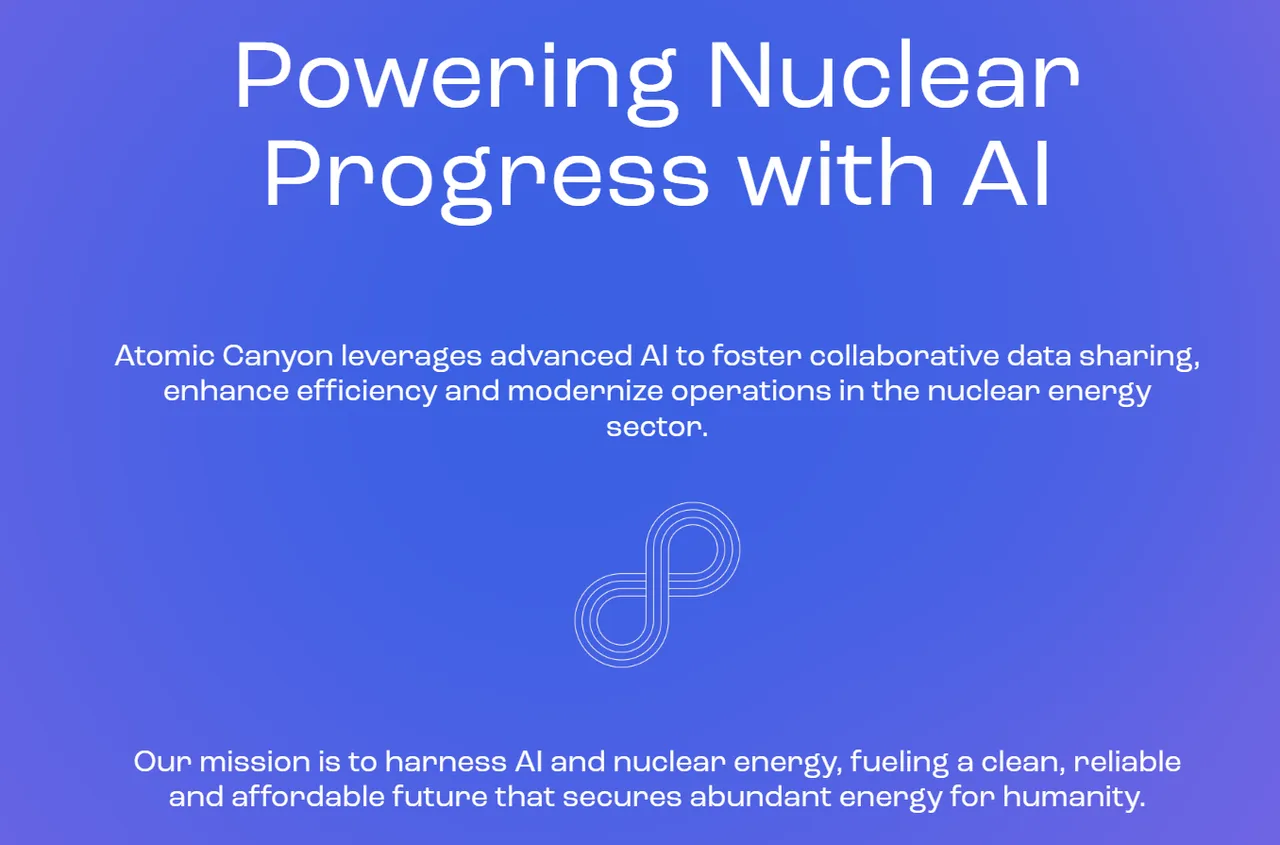
Zoltan Tasi | Unsplash
In times where AI is presented as a technological revolution, considered as a catalyst for other technologies, it is common to think that companies will look for ways to automate their facilities, making internal processes accelerate.
This idea will inevitably end up affecting all types of industries, but the one that is most pronounced is the nuclear industry. Nuclear power plants have documentation that is consulted in paper format, which can include protocols and regulations, as well as a series of approvals. The problem lies in the speed of the search, as it is an activity carried out manually through the consultation of lifelong archives.
Here we encounter a paradox. More and more companies are seeking to plan their objectives based on AI. As we know, AI requires incremental computational capacity as a function of the data being handled. Nuclear power could supply the electricity needed to meet these goals. However, what we can infer is that the speed that this industry has adopted over time does not match the early need for supply that data centers are looking for.
Atomic Canyon founder Launderdale argues that AI could help the nuclear industry get the speed it needs. As an entrepreneur in the healthcare sector, he was able through his experience to translate his ideas into a startup that would help find documents; information required by engineers, maintenance technicians, and of course, those responsible for regulatory compliance.

Atomic Canyon official site
One of the drawbacks of AI models is the tendency to hallucinate. If we take a model that does not have the necessary training under a new context, it could cause confusion of its own model, generating misconceptions; something that generated disappointment in the AI engineering staff. This was the beginning of considering the creation of their own AI model to solve or reduce this problem, although funding is required.
Under this situation, an agreement was reached in which a $7 million seed capital round was closed. The round was led by Energy Impact Partners, with the participation of investors such as Commonwealth Ventures, Plug and Play Ventures, Tower Research Ventures, Wischoff Ventures, among other investors that have previously participated.
In addition to this funding for building new AI models, Lauderdale secured a meeting with Oak Ridge National Laboratory. In this way, ideas that matched the institution's nuclear research were explored, which facilitated Atomic Canyon's acquisition of 20,000 GPU computing hours.
With this power, Atomic Canyon's models are suitable for performing searches in a nuclear power plant through retrieval-augmented generation (RAG). In addition, document indexing is performed through sentence embedding. While Large Language Models (LLMs) can generate answers to queries, they also require robust documentation to be nurtured to decrease hallucination.
All indications are that the startup intends, for the time being, to keep this AI-based system focused on document search and the implementation of generative work on document titles. It is expected that in the future, this AI model will be able to create a preliminary draft of documents and references. Although Lauderdale does not set an exact date for this to happen, but rather, the model still needs to be prioritized to be accurate with respect to searches in really large documentation.

- Main image edited in Canva.
- Information has been consulted in: techcrunch.com.
- Translated to English with DeepL.